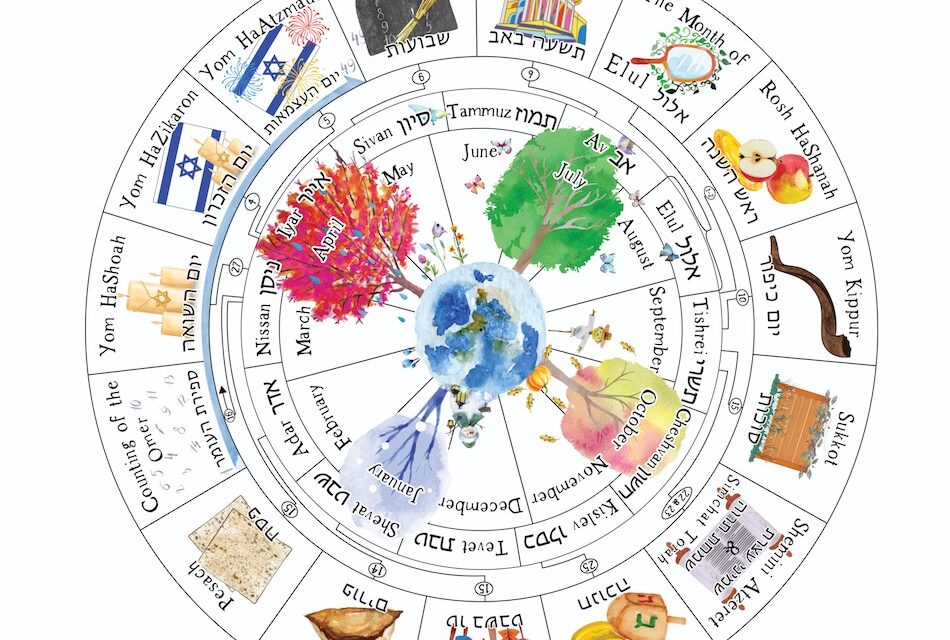Rosh Hashanah is a two-day celebration, which begins at sunset on the first day of Tishrei which is the first month of the Jewish civil year, but the seventh month of the ecclesiastical year. In the Jewish oral tradition, Rosh Hashanah marks the completion of the creation of the world. This would coincide with the 7th day (or period) — the Sabbath day of rest from creation — which is also symbolic of the millennium — a period of rest from the 6000 years of the telestial world. (Dinosaurs and other humanoid species obviously lived before the period of time designated as the earth after the Fall of Adam and Eve.
Rosh Hashana is also called the Feast of the Trumpets. There is a commandment to hear the shofar as a spiritual wake-up call.
Leviticus 23:22
“‘When you reap the harvest of your land, do not reap to the very edges of your field or gather the gleanings of your harvest. Leave them for the poor and for the foreigner residing among you. I am the LORD your God.'”Leviticus 23:24
“Say to the Israelites: ‘On the first day of the seventh month you are to have a day of sabbath rest, a sacred assembly commemorated with trumpet blasts.Numbers 29:1
“‘On the first day of the seventh month hold a sacred assembly and do no regular work. It is a day for you to sound the trumpets.
From Wikipedia:
The Yamim Nora’im are preceded by the month of Elul, during which Jews are supposed to begin a self-examination and repentance, a process that culminates in the ten days of the Yamim Nora’im known as beginning with Rosh Hashanah and ending with the holiday of Yom Kippur.
The shofar is traditionally blown each morning for the entire month of Elul, the month preceding Rosh Hashanah. The sound of the shofar is intended to awaken the listeners from their “slumbers” and alert them to the coming judgment. The shofar is not blown on Shabbat.
In the period leading up to the Yamim Nora’im (Hebrew, “days of awe”), penitential prayers, called selichot, are recited.
Rosh Hashanah is also the day of “Yom Hadin”, known as Judgment day. On Yom Hadin, 3 books are opened, the book of life, for the righteous among the nations, the book of death, for the most evil who receive the seal of death, and the third book for the ones living in doubts with non-evil sins. The final judgment is not done from Yom Hadin before the start of Yom Kippur, it is sometimes possible to receive the seal of life by asking for forgiveness.
In the Talmud tractate on Rosh Hashanah, it states that three books of account are opened on Rosh Hashanah, wherein the fate of the wicked, the righteous, and those of an intermediate class are recorded. The names of the righteous are immediately inscribed in the book of life and they are sealed “to live.” The intermediate class are allowed a respite of ten days, until Yom Kippur, to reflect, repent and become righteous; the wicked are “blotted out of the book of the living forever.”


